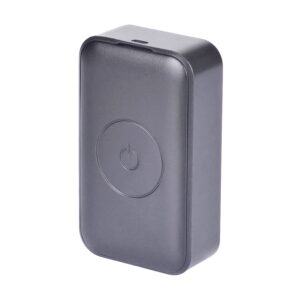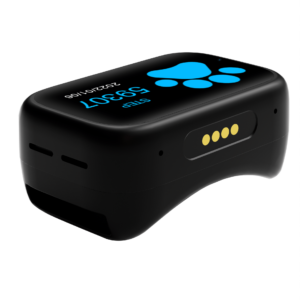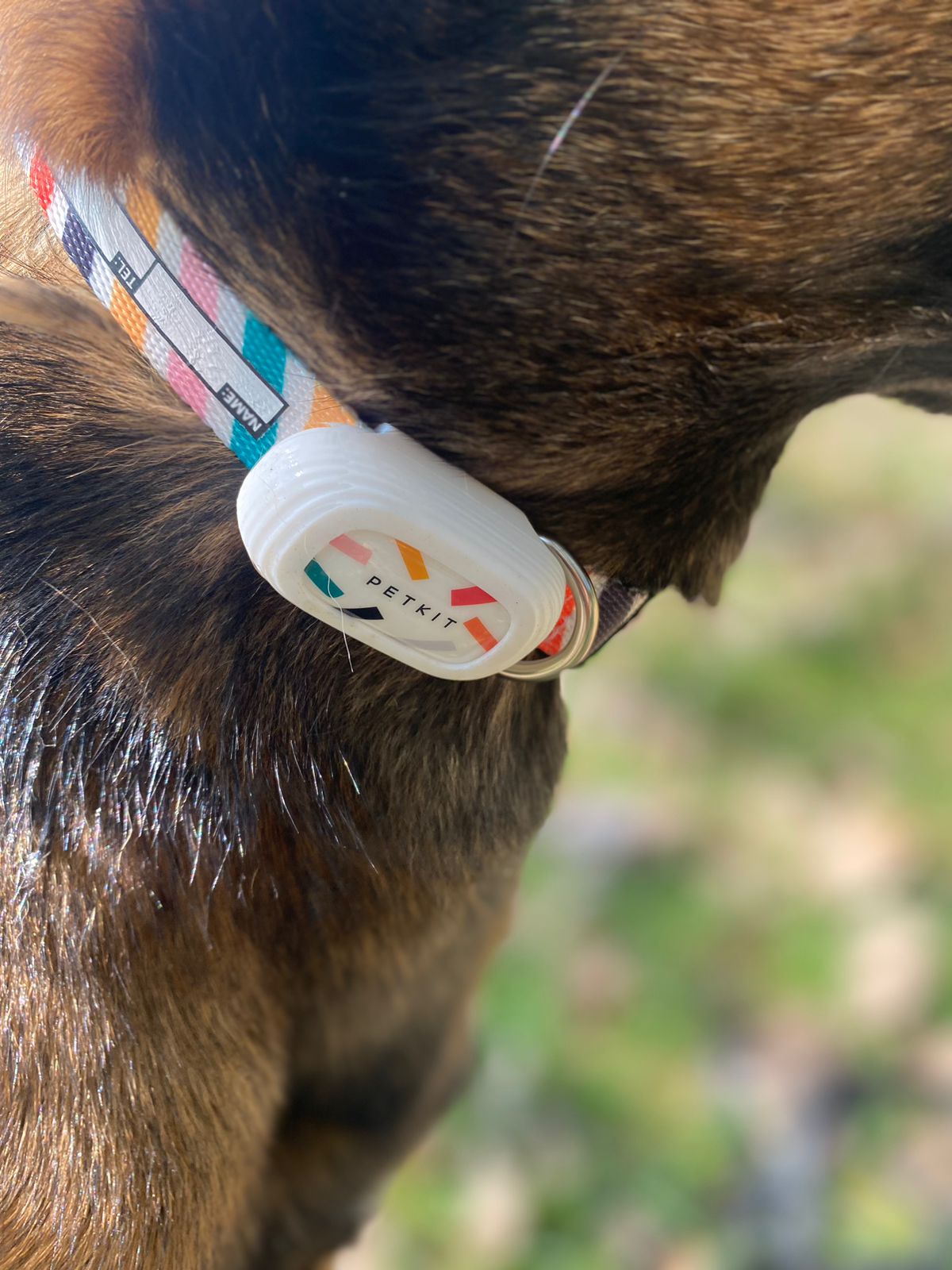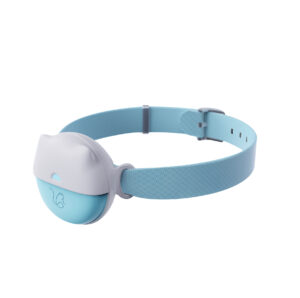How to Find a Lost Cat or Dog: Step-by-Step Guide
If your pet has gone missing, take a breath. We know exactly how awful this feels—we’ve lost pets before. The good news: most cats and dogs are found within a few blocks of home, often within 24–48 hours. Use this calm, step‑by‑step plan to bring them back safely.
Quick actions (first 60 minutes)
- Search your home and property thoroughly: cupboards, beds, ceilings, behind appliances, garage/shed, roof space, under decks, cars.
- Walk the immediate area on foot. Move slowly, call softly, and listen. Bring high‑value treats and your pet’s favorite sound (treat tin, squeaky toy).
- Ask neighbors for permission to physically check their yards, garages, and sheds yourself. Don’t rely on “I’ll look later.”
- Leave a safe feeding station at your door: smelly food (sardines/tuna/rotisserie chicken) and water; place a familiar blanket nearby.
- Post a focused “Lost Pet” alert to WhatsApp street groups, Facebook, and let local vets/shelters/animal control know.
- Verify microchip details are correct and flagged as “lost” with the registry.
- For dogs: do not chase. If you see your dog, kneel, avert your gaze, speak softly, and lure with food.
- For cats: search at night with a flashlight for eye shine; sit quietly and call in a calm voice.
First 60 minutes: your plan
1) Check hiding places at home first
Even “outdoor” pets can panic and wedge themselves in tiny spaces. Open cupboards, check behind appliances, inside ceilings/roofs, under beds, and inside vehicles. Ask family to stay quiet while you listen.
2) Walk a tight radius, slow and low
Start with your street and the houses on both sides. Bring smelly treats. Call calmly; avoid shouting names repeatedly. Ask neighbors to let you check their yards, garages, sheds, and under decks. Many cats/dogs get locked in by accident.
3) Set a feeding and scent station
By the door they use, place warm/smelly food, water, and a familiar blanket or unwashed bedding. Refresh food at dusk. If you have a camera, point it at the station.
4) Alert the humans who can help
- Contact nearby vets, shelters, and animal control; log your pet as missing.
- Post on WhatsApp street groups, Facebook community groups. Include a map landmark (e.g., “near Oak Ave & 3rd”).
- Flag the microchip as “lost” with your registry and confirm your phone number.
5) Safety warning
- Dogs: Do not chase. A scared dog will bolt farther. Kneel, turn sideways, avoid eye contact, scatter treats, and let them approach.
- Cats: Move slowly, speak softly, avoid cornering. Sit quietly and give them time to emerge.
First night and next 24–48 hours
- Expand your foot search at dawn and dusk (the calmest times).
- Knock door‑to‑door on the closest 3–5 streets; hand neighbors a flyer with your number and a QR code.
- Revisit garages/sheds—people often open them at different times.
- Refresh the feeding station daily. If food is eaten but you don’t see your pet, add a camera and consider a humane trap (guidance below).
- Keep social posts updated with clear photos and a reward (optional). Avoid sharing your exact address publicly—use intersections or landmarks.
Lost cat tactics (indoor vs outdoor)
Cats behave differently from dogs when lost. Most stay very close and hide silently.
- Indoor‑only cats: Typically within 1–3 houses of home, often wedged under decks, in bushes, or inside a neighbor’s garage. Search on your hands and knees with a flashlight at night; look for eye shine and listen for soft rustles.
- Outdoor‑savvy cats: Often within a few blocks. Still check every possible hiding spot, especially if something spooked them (new area, fireworks, moving day).
How to find a lost cat at night
- Use a bright flashlight for eye shine; scan under cars, bushes, sheds, and gutters.
- Sit quietly near your home for 10–20 minutes at a time; call softly, crinkle treat packets, and wait.
- Place warmed, smelly food at the door and step back.
Best way to lure a cat back home
- Set a feeding station plus a familiar scented item (your cat’s unwashed blanket).
- Create a quiet “path” home by placing small food samples every few meters leading to your door.
- If your cat appears but won’t come, sit or lie down and avoid reaching—let them rub on you first.
Cat missing after moving house
- They may try to return to the old home. Alert former neighbors, post flyers along that route, and ask if you can check their yards/garages.
- Keep windows/doors secure at the new place and build a scent base with their bedding near the door.
Should I put the litter box outside?
- This tip is debated. Some pros suggest it can attract other animals or predators. If you try it, place it close to your door and pair it with a camera. Many experts recommend using a familiar blanket or bedding plus a feeding station as a safer starting point.
How far do cats roam when lost?
- Indoor‑only cats: usually very close (within 90 meters/100 yards).
- Outdoor cats: often within several blocks; many are found within 1–2 km of home.
Behavior and terrain matter—methodical, repeated searches work.
Lost dog tactics (don’t chase)
A scared dog is a flight risk. Your goal is to calm, not capture by chasing.
- If you see your dog: Sit or kneel sideways, avoid direct eye contact, speak softly, yawn, and toss high‑value treats behind you to draw them into a slow arc. Let them come to you.
- Set a feeding/scent station at home or where the dog was last seen. Leave unwashed bedding or your worn T‑shirt.
- Create a calm routine: same time, same spot, same food. Consistency helps a skittish dog return.
- Ask neighbors not to call or chase; share your flyer with instructions.
- Use a trail camera pointed at the feeding station to confirm visits and timing. Then consider a humane trap placed by someone experienced.
What to do if my dog ran away
- Search at dawn/dusk when roads are quieter.
- Expand in a loop pattern rather than straight lines; many dogs circle back.
- Bring a long leash, smelly treats, and a squeaky toy your dog knows.
- Notify shelters/animal control immediately and check in person daily.
Best time of day to search for a lost dog
- Early morning and evening are best—quieter streets, cooler temps, and more movement from pets.
How far can a dog travel when lost?
- Many stay within a few kilometers, but confident/running dogs can travel farther in a short time. Timely alerts and calm behavior make the biggest difference.
Dog bolted after fireworks or a scare
- Assume high flight risk for 24–48 hours. Keep the area quiet, avoid pursuit, and build a reliable feeding routine with a camera.
Social posts, flyers, and who to call
High‑impact flyers and clear social posts recover pets fast.
What to include in a social post (Facebook/WhatsApp)
- Headline: LOST DOG/CAT – Name – Breed/Color – Reward (optional)
- Clear photo(s) that show full body and face
- Last seen: date, time, nearest intersection/landmark (not your exact address)
- Temperament: shy/skittish? Do not chase—call owner immediately
- Your phone number (visible and tappable)
Lost pet flyer template (print big and bold)
- One large, high‑contrast photo
- LOST DOG/CAT in huge text
- Name, breed/color, last seen location and date
- “DO NOT CHASE – CALL [your number]”
- QR code linking to your contact form or WhatsApp
Post at eye level on community boards, vet clinics, pet shops, and key intersections. Hand them door‑to‑door on the closest 3–5 streets.
Who to call
- Local vets and after‑hours emergency clinics
- Municipal animal control and local shelters/rescues
- Microchip registry to flag “lost” and confirm your number
- Neighborhood security/patrols if applicable
When to use cameras and humane traps
- Trail/wildlife camera: Confirms if your pet is visiting the feeding station and when. Aim at the bowl and set for night video.
- Humane trap: Best used once you know your pet’s visit times. Bait with warm, smelly food; camouflage the trap; check it frequently. If you’re new to traps, ask a local rescue for help to avoid catching the wrong animal or stressing your pet.
Gear list
- Headlamp/flashlight (for cat eye shine)
- High‑value food (sardines/rotisserie chicken)
- Trail camera and fresh batteries/SD card
- Humane trap (borrow/rent if possible)
- Flyers with QR code, tape, zip ties
- Power bank, water, snacks for you
Prevention after you reunite: GPS, tags, microchips
Once your pet is home and snuggled, take a moment to prevent a repeat.
- GPS tracker for pets: Real‑time location outdoors and, with the right tech, useful around home too.
- Apple AirTag‑style tags: Handy for sound/close‑range finding, but not a full GPS solution.
- ID tag + microchip: Your always‑on safety net if someone kind picks your pet up.
FAQs
Do lost cats usually come back?
Yes. Many indoor cats hide close by and return at night when it’s quiet. Calm, repeated searches and a feeding/scent station help them home.
How far do cats roam when lost?
Indoor‑only cats are often within 1–3 houses. Outdoor cats are typically within a few blocks; many are found within 1–2 km depending on terrain and temperament.
How far can a dog travel when lost?
Some stay nearby and circle; confident or frightened runners can cover several kilometers quickly. Consistent, calm tactics and early alerts matter most.
Should I put my cat’s litter box outside?
It’s optional and debated. It may attract other animals. If you try it, place it near your door and pair with a camera. Many experts prefer a feeding station plus familiar bedding.
What time of day is best to search?
Dawn and dusk. It’s quieter, cooler, and pets are more likely to move.
Should I chase or call my dog’s name loudly?
No. Chasing or shouting can trigger flight. Kneel, avert eyes, speak softly, toss treats, and let your dog choose to approach.
A kind note from us
You’re not alone. Stay hydrated, eat something, and take breaks—searching on an empty stomach helps no one. Blame won’t bring your pet home; steady, simple steps will. You’ve got this.








